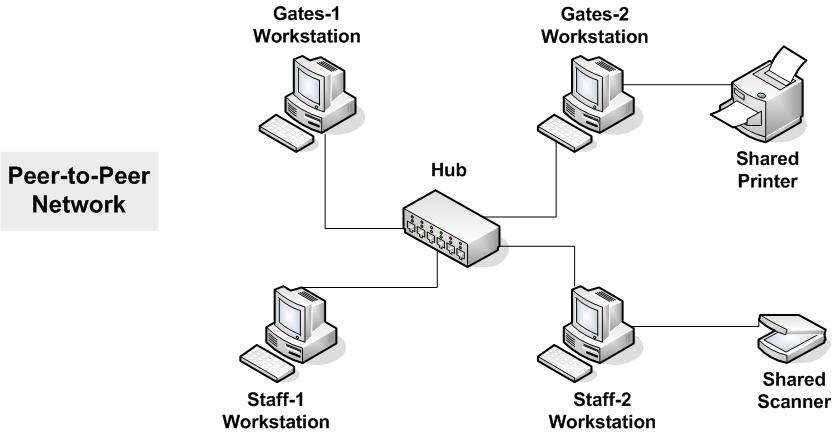Electronic commerce commonly known as e-commerce or eCommerce, is trading in products or services using computer networks, such as the Internet. Electronic commerce draws on technologies such as mobile commerce, electronic funds transfer,supply chain management, Internet marketing, online transaction processing, electronic data interchange (EDI), inventory management systems, and automated data collection systems. Modern electronic commerce typically uses the World Wide Web for at least one part of the transaction's life cycle, although it may also use other technologies such as e-mail.
eCommerce businesses may employ some or all of the following:
- Online shopping web sites for retail sales direct to consumers
- Providing or participating in online marketplaces, which process third-party business-to-consumer or consumer-to-consumer sales
- Business-to-business buying and selling
- Gathering and using demographic data through web contacts and social media
- Business-to-business electronic data interchange
- Marketing to prospective and established customers by e-mail or fax (for example, with newsletters)
- Engaging in pretail for launching new products and services








